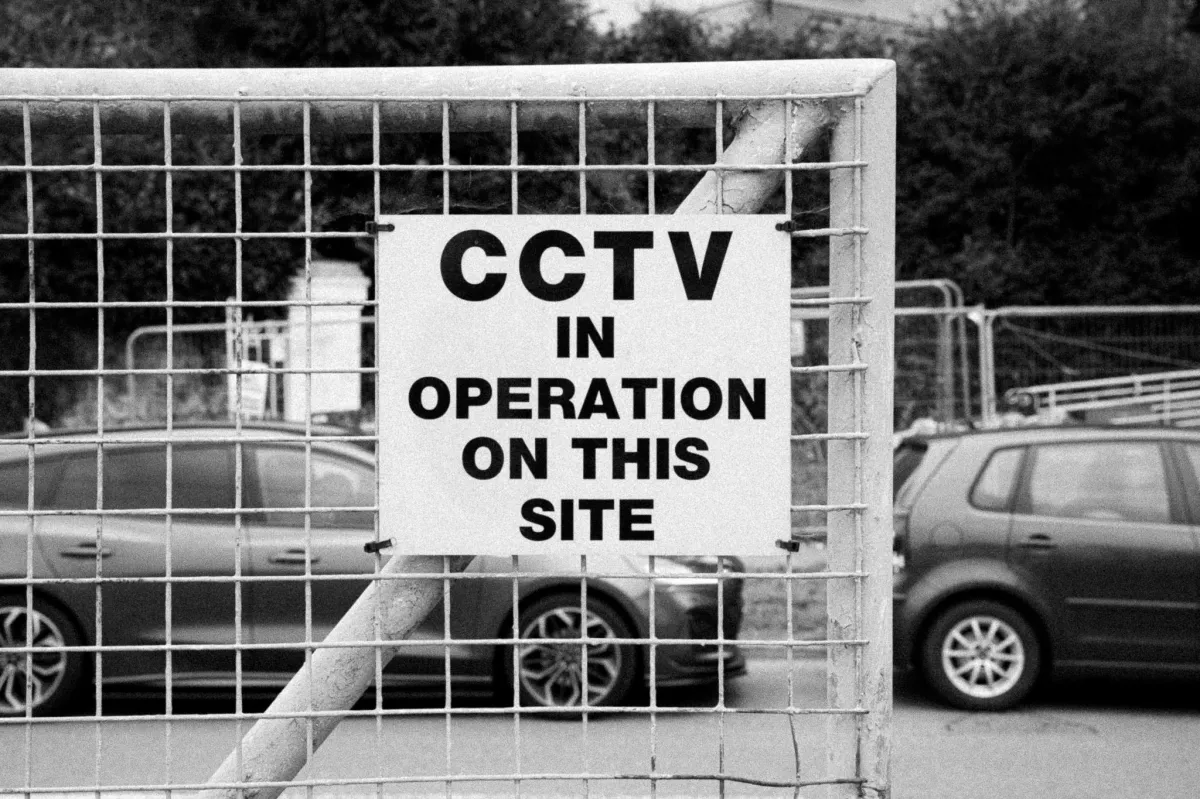
The 4th Law
The 4th Law
New leaders often ask the same question. Where do I start? Decentralised Command is simple to explain and hard to practise. You set the mission, you share the why, you give clear boundaries, then you push ownership to where the work happens.
This is not about letting go and hoping for the best. It is about clarity and trust working together. Done well, it frees senior leaders to think strategically while frontline leaders make sound decisions in real time.
Make the mission understood
Decentralised Command fails without a shared purpose. People must know what they are trying to achieve and why it matters. Keep the mission short, specific and repeatable. If a team member cannot explain it in their own words, it is not yet clear.
Your job is to connect the mission to each role. Explain how a planner, an analyst, a coordinator or an operator moves the goal forward. When people see their link to the outcome, they use judgement, not guesswork. This is Structured Guidance in practice.
Define roles and decision rights
Clarity beats control. Write down who owns what and which decisions sit at each level. Use plain words. State where people are free to decide and where they must consult. Keep it visible so no one has to guess under pressure.
Do not stop at tasks. Define decision rights in context. For example, a team lead can re-sequence work within the week, the department head changes monthly priorities, and the director adjusts strategy. Decision rights remove friction and speed action.
Align perceptions before you push ownership
Misalignment hides in assumptions. Ask each person to write their view of their role and the decisions they believe they own. Compare that with your view. Close gaps now, not during a crisis. Alignment here prevents stalled work and protects relationships.
Repeat this check when roles shift. Mergers, restructures and new projects move boundaries. A short reset keeps the team aligned with the mission and lowers noise. This is Continuous Improvement made simple.
Brief, rehearse, review
A clear brief sets direction. A short rehearsal tests the plan. A quick review locks in learning. Keep each step light so it can be done often. The first time should not be the real time.
In the brief, restate the mission, name the key risks and confirm who decides what. In rehearsal, walk a fast scenario and watch where hand-offs fail. In review, ask what worked, what slipped and what will change next time. Skill Mastery grows through small, regular loops.
Lead in high-control environments
Public sector teams and large organisations often default to rank and permission. Decentralised Command still works here. Start by sharing intent one layer deeper than usual. Then create small pockets of autonomy inside safe parameters. As results land, widen the boundary.
Show your work. When a local decision speeds delivery without harm, make it visible. People learn that ownership is not a risk to the mission, it is a service to it. Community Connection grows because judgement is trusted and recognised.
Avoid the two common traps
The first trap is micromanagement. It feels safe but kills speed. If you catch yourself re-doing a team’s work, step back. Check whether the mission or the decision rights are unclear. Fix clarity, not people.
The second trap is abdication. Leaders sometimes announce autonomy and disappear. That is not Decentralised Command. You still set direction, coach judgement and remove barriers. Presence stays high, interference stays low.
Keep it Simple under pressure
Complex plans break when the tempo rises. Strip jargon. Write goals, next steps and owners in plain language. Ask people to repeat the plan. If they cannot, simplify again. Clarity in calm conditions becomes speed under load.
Use the Laws of Combat together. Cover and Move reminds teams to support each other. Simple keeps the plan understandable. Prioritise and Execute gives the sequence when many issues hit at once. Decentralised Command places ownership close to the work. Together they form a reliable system.
What good looks like day to day
Teams can explain the mission without notes. Decision rights are known and used. Questions in stand-ups are about trade-offs, not permission. Leaders report truth early, own outcomes and fix process rather than blame people. Information flows sideways, not only up. These are signs that Decentralised Command is alive.
Call to reflect and apply
Where is work slowing because decisions sit too high. Which role needs clearer decision rights? What part of your mission is still hard to repeat? Write one change you will make, share it with the team and set a time to review the effect.
Decentralised Command is not a poster on a wall. It is a daily habit of clarity, trust and disciplined follow-through. Start small. Keep it Simple. Teach it. Review it. As ownership spreads, speed and confidence rise, and your team learns to lead at every level.
